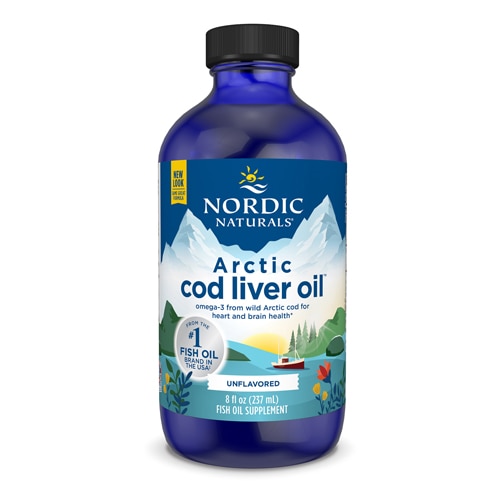Sunlight is a key source of vitamin D, known as the “sunshine vitamin.” Yet, as we know, too much exposure to the sun can lead to skin damage and skin cancer.
So, how do you ensure you get enough vitamin D without endangering your skin?
Health experts say you should include food and vitamin supplements in the mix to maintain proper vitamin D levels, as a lot of us don’t get enough of this essential vitamin. In fact, some in the medical community claim vitamin D deficiency is an epidemic, while others insist that no such epidemic exists because most of us are not deficient in vitamin D.
What is the function of vitamin D?
According to the Academy of Nutrition and Dietetics, we need vitamin D — mostly in the form of vitamins D2 and D3 — to help absorb calcium and phosphorous, enabling us to strengthen our bones. Vitamin D also aids:
- Muscle function.
- Health of the nervous system.
- Immunity against bacteria and viruses.
What conditions does vitamin D help?
Research shows vitamin D helps:
- Protect older adults from osteoporosis.†
- Prevent rickets (softening and weakening of the bones) in children.†
- Ward off osteomalacia, a disorder that weakens adults’ bones and might make them more susceptible to breaking.†
In addition, according to the Cleveland Clinic, research suggests — but has not proven — that vitamin D might help:
- Prevent colon, prostate and breast cancers.†
- Prevent and treat diabetes, heart disease, high blood pressure and multiple sclerosis.†
The Cleveland Clinic notes that more studies must be conducted before vitamin D can be recommended to treat or prevent those diseases.
How to get vitamin D
We get the vitamin D that our bodies need in three ways (none of which is typically sufficient on its own to meet our vitamin D needs):
1. Food
While vitamin D doesn’t naturally occur in a lot of foods, it can be found in cod liver oil, swordfish, sockeye salmon, tuna, canned sardines, beef liver, egg yolk and Swiss cheese.
Some foods also are fortified with vitamin D, including orange juice, milk, yogurt, margarine and cereal. For most Americans, fortified foods are the primary source of vitamin D.
“If you eat a healthy diet, you might already be getting more vitamin D than you realize,” says nutritionist Lisa Richards, creator of the Candida Diet.
2. Sunlight
Vitamin D is manufactured when your bare skin is exposed to the sun. The process starts when the skin absorbs vitamin D from UVB rays. Experts recommend no more than 10 to 15 minutes of sun exposure two to three times a week to produce vitamin D; beyond that, your body gets rid of vitamin D in order to prevent an “overdose.”
According to the Cleveland Clinic, the amount of vitamin D that your skin makes depends on factors like:
- The season. Winter months typically provide less sunshine than other months do.
- The time of day. The sun’s rays are most powerful between 10 a.m. and 3 p.m.
- The amount of cloud cover and air pollution.
- The place you live. The closer you are to the equator, the higher the UV levels are.
Health professionals recommend balancing the need for made-by-the sun vitamin D with the need to protect your skin from harmful rays. In other words, it’s always wise to apply sunscreen when you plan to be outdoors. Fortunately, a recent study found that sunscreen does not hinder absorption of vitamin D.
3. Vitamin supplements
The Academy of Nutrition and Dietetics says that since few foods contain vitamin D and that sun exposure carries risks, some people might need to get extra vitamin D through supplements in pill or liquid form. They include:
- Seniors.
- Breast-fed infants.
- Dark-skinned people.
- People with medical conditions such as liver disease, cystic fibrosis, celiac disease and Crohn’s disease.
- People who are obese or have undergone gastric bypass surgery.
Yale Medical School says that for most healthy people, a total of 600 international units (IU) of vitamin D supplements per day gets the job done.
But for people over age 70, the suggested daily amount is around 800 IU. That’s because as we age, our bodies become less efficient at synthesizing vitamin D and absorbing calcium, Yale Medical School says.
Infants up to age 1 should get between 200 and 400 IU of vitamin D per day, according to Yale Medical School.
Is there such a thing as too much vitamin D?
The Mayo Clinic says taking 1,000 to 2,000 IU per day of vitamin D is generally safe. However, beyond that, you might suffer from vitamin D toxicity, typically caused by overdoing it with vitamin D supplements. Diet and sun exposure don’t lead to an overload of vitamin D.†
According to the Mayo Clinic, vitamin D toxicity can trigger a buildup of calcium in your blood, possibly leading to nausea, vomiting, weakness and frequent urination. In severe cases, it can cause bone pain and kidney problems.†
†These statements have not been approved by the Food and Drug Administration. These products are not intended to diagnose, treat, cure or prevent disease.




